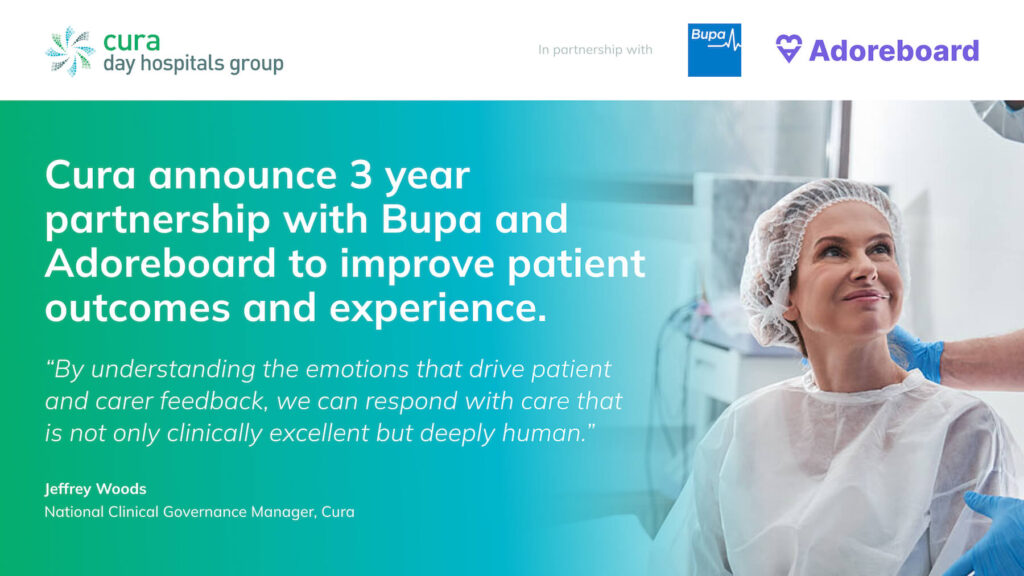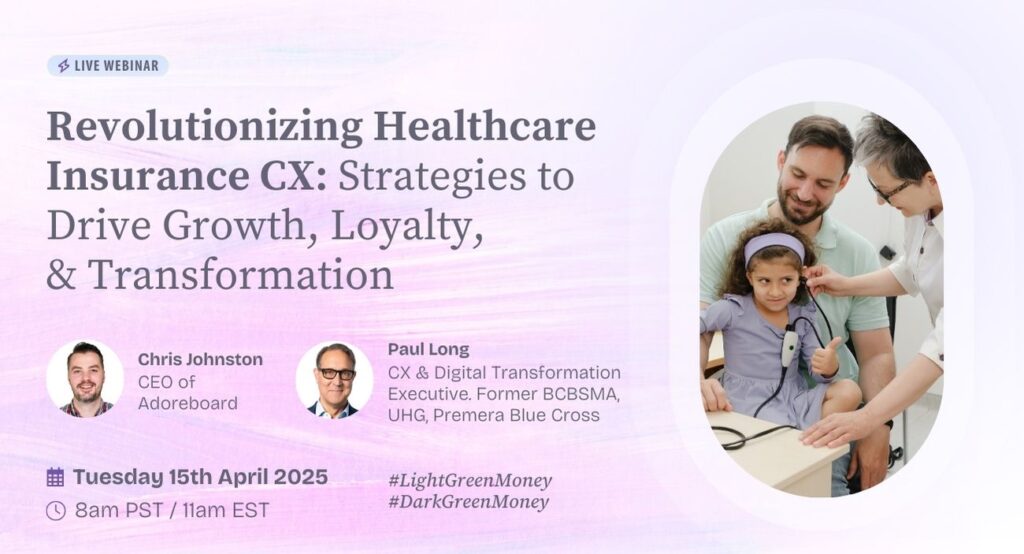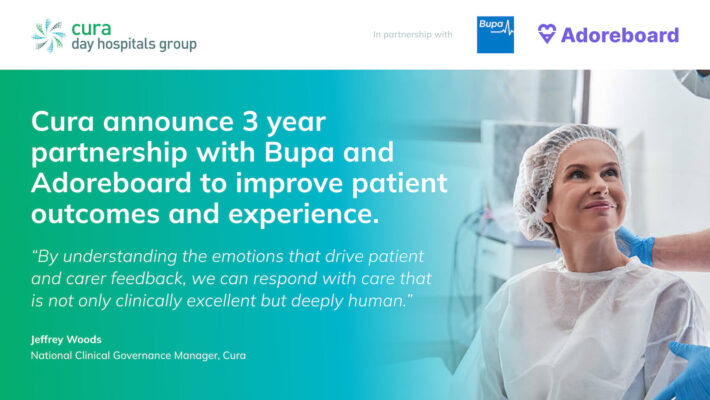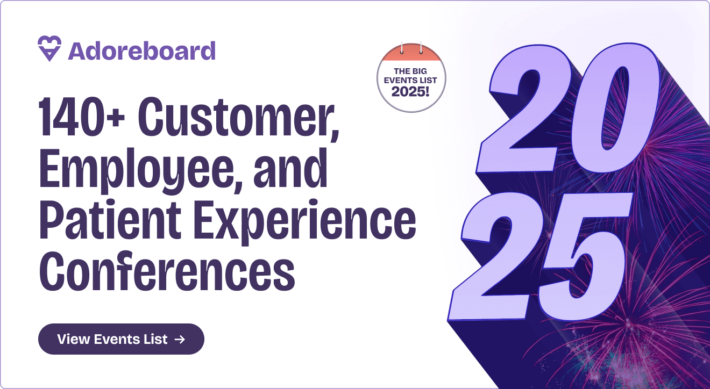The patient journey encompasses the entire spectrum of human experiences and interactions within the healthcare system, from initial contact to the conclusion of treatment. This process involves a series of often complex touchpoints, each contributing to the overall patient experience and satisfaction.
What constitutes a patient journey?
A patient journey can be segmented into three primary phases:
- Pre-treatment phase:
- Initial symptom recognition
- Information gathering and research
- Healthcare provider selection and appointment scheduling
- Treatment phase:
- Admission and registration procedures
- Diagnostic evaluations and consultations
- Therapeutic interventions and monitoring
- Inpatient or outpatient care management
- Post-treatment phase:
- Discharge planning and execution
- Medication management and adherence
- Follow-up appointments and rehabilitation
- Long-term health maintenance strategies
Why is comprehending the patient journey crucial?
A thorough understanding of the patient journey provides healthcare professionals with invaluable insights into the patient experience, leading to:
- Enhanced patient satisfaction and emotional well-being
- Improved clinical outcomes and treatment efficacy
- Reduction in medical errors and adverse events
- Optimized resource allocation and reduced length of stay
Depth of patient journey insights and understanding can be greatly enhanced through the lens of emotion, rather than simply sentiment. You can also learn more from other professionals by attending patient experience conferences in your local region.
Click here to read more about Healthscope and their patient journey with Adoreboard (achieving a 65% increase in Patient Trust!)
The Art and Science of Patient Journey Mapping
Patient journey mapping is a sophisticated analytical technique that visualises and documents each step of a patient’s healthcare experience. This comprehensive approach provides a holistic view of the patient’s interactions, emotions, and perceptions throughout their medical journey.
A well-constructed patient journey map includes:
- Chronological sequence of events and interventions
- Emotional responses and psychological states at various stages
- Pain points and areas of dissatisfaction
- Positive experiences and opportunities for enhancement
Healthcare organizations leverage these insights to implement targeted improvements and optimize patient care delivery.
How does patient journey mapping enhance healthcare delivery?
Patient journey mapping offers many benefits:
- Holistic perspective of care continuum
- Identification and mitigation of systemic inefficiencies
- Personalisation of care pathways
- Enhancement of interdisciplinary communication and collaboration
Let’s examine these advantages in greater detail:
| Benefit | Impact on Healthcare Delivery |
|---|---|
| Holistic perspective | Enables healthcare providers to comprehend the interconnectedness of various care episodes |
| Inefficiency identification | Facilitates proactive problem-solving and process optimization |
| Care personalization | Allows for tailored interventions based on individual patient needs and preferences |
| Enhanced communication | Promotes seamless information exchange among healthcare team members and patients |
Patient Engagement: A Cornerstone of Modern Healthcare
Patient engagement refers to the active participation and involvement of individuals in their own healthcare decisions and management. This collaborative approach fosters a partnership between patients and healthcare providers, leading to improved outcomes and increased satisfaction.
Effective patient engagement strategies encompass:
- Timely and transparent communication of pertinent health information
- Active solicitation and incorporation of patient feedback and concerns
- Shared decision-making processes in treatment planning
- Empowerment of patients through health literacy initiatives
Discover how our patient experience software can elevate engagement and satisfaction levels

Read an interview with Jeffrey Woods – National Patient Experience Manager at Healthscope. Discover insights beyond the case study!
How can patient journey analysis improve care delivery?
Comprehensive analysis of patient journeys can lead to significant improvements in healthcare delivery through:
- Expedited diagnostic and treatment processes
- Reduction in unnecessary hospital admissions and length of stay
- Mitigation of patient anxiety and emotional distress
- Optimisation of resource allocation and utilisation
- Enhancement of overall patient satisfaction and experience
To achieve these benefits, healthcare organizations should:
- Implement robust patient feedback mechanisms and surveys
- Utilise advanced analytics to identify trends and patterns
- Adopt a systems thinking approach to care delivery
- Leverage technology for data collection and analysis
The Role of Patient Journey Software in Modern Healthcare
Patient journey software represents a cutting-edge solution for healthcare providers seeking to optimize their care delivery processes. These sophisticated platforms offer a range of functionalities designed to enhance patient experience and operational efficiency.
Why should healthcare providers invest in patient journey software?
Advanced patient journey software provides numerous advantages:
- Streamlined data collection and analysis processes
- Real-time insights into patient experiences and satisfaction levels
- Predictive analytics for proactive intervention and risk mitigation
- Enhanced interdepartmental collaboration and communication
- Data-driven decision-making capabilities for continuous improvement
By leveraging these powerful tools, healthcare organisations can:
- Make informed strategic decisions based on comprehensive patient journey data
- Implement targeted interventions to enhance patient care and satisfaction
- Optimize resource allocation and operational efficiency
- Foster a culture of continuous improvement and patient-centred care
By embracing these principles and technologies, healthcare providers can create a more responsive, empathetic, and effective healthcare system that truly puts patients at the centre of care delivery…more than ever, patient journey mapping needs to be human-centric (and thus emotion-driven).
However, many patient journey softwares are limited to categorical analysis methods and restricted by only considering sentiment, rather than emotion.
Problems with patient journey software
The primary problem with most healthcare software is that it is very functional and, ironically, often missing the human experience aspect.
These softwares often do a good job of operational patient journey tracking but lack the technology to analyse for the emotional patient experience; the human aspect.
This is where Adoreboard can step in and fill the gap.
We excel in Emotion AI analysis of unstructured data, including patient experience and patient journey mapping. Book a demo or chat with one of our team to see how we can help you and your patients.💕







